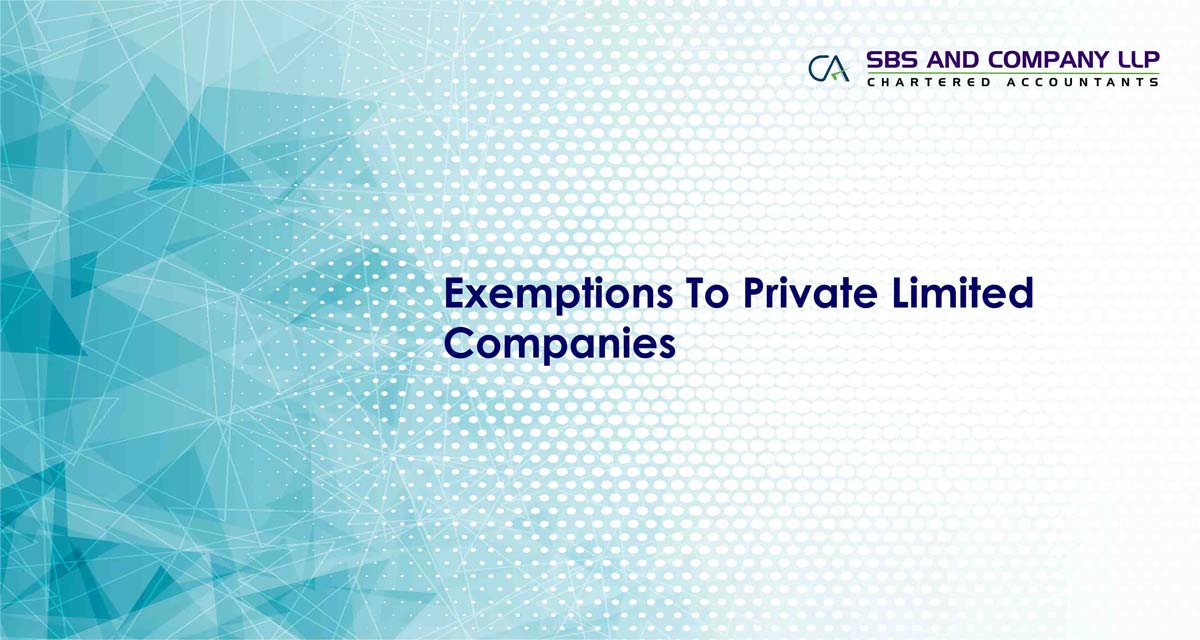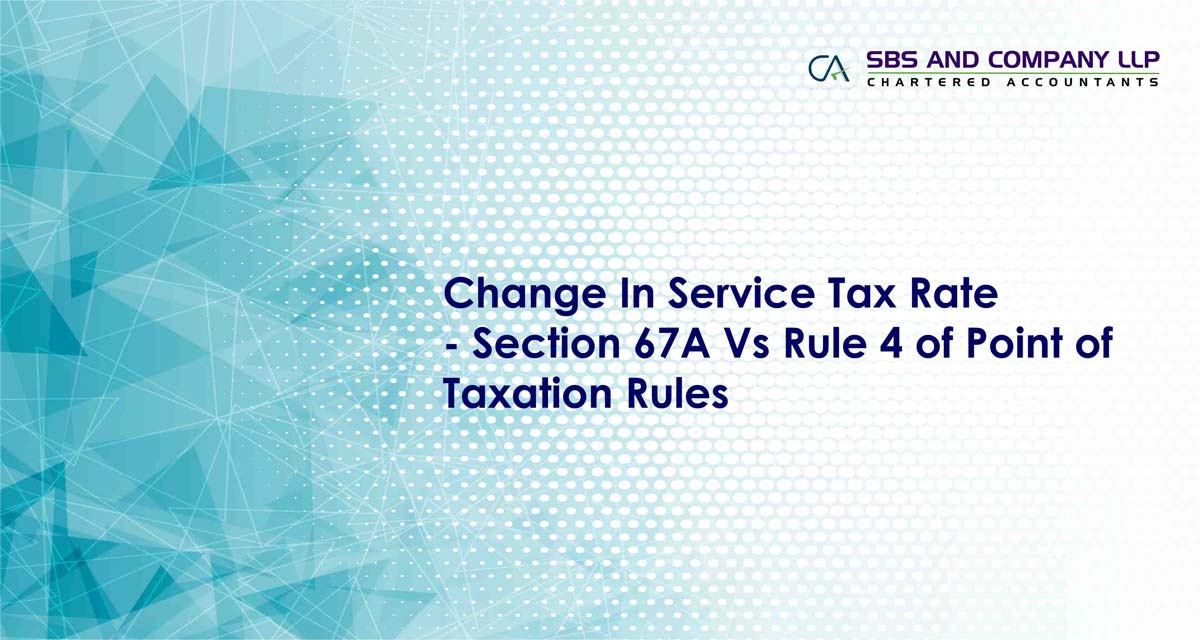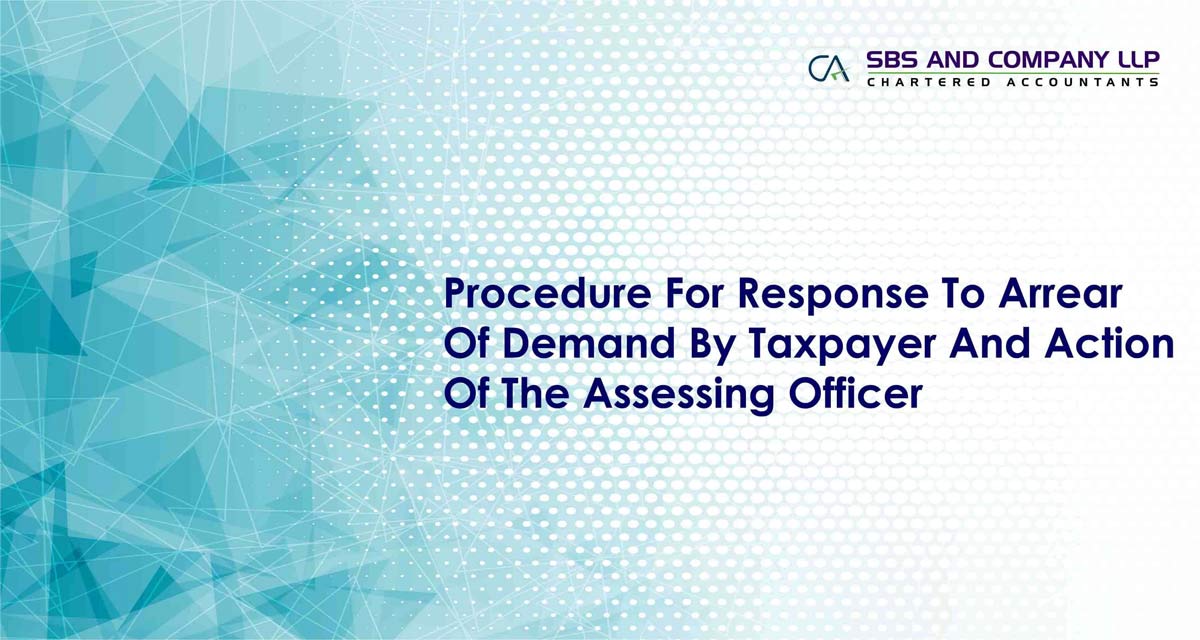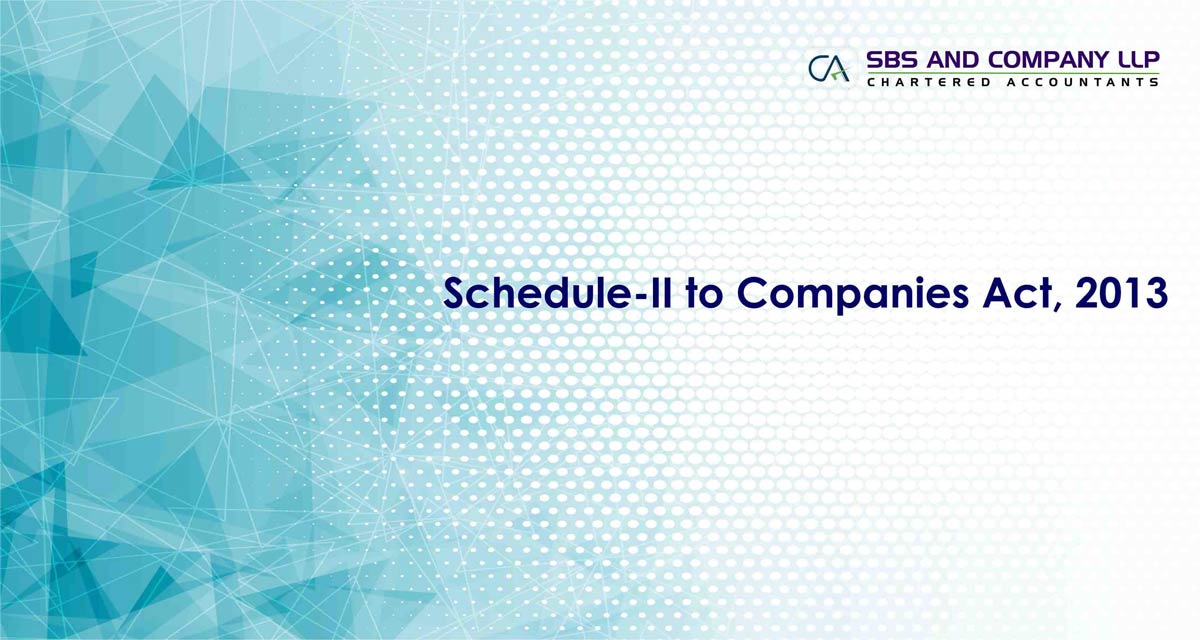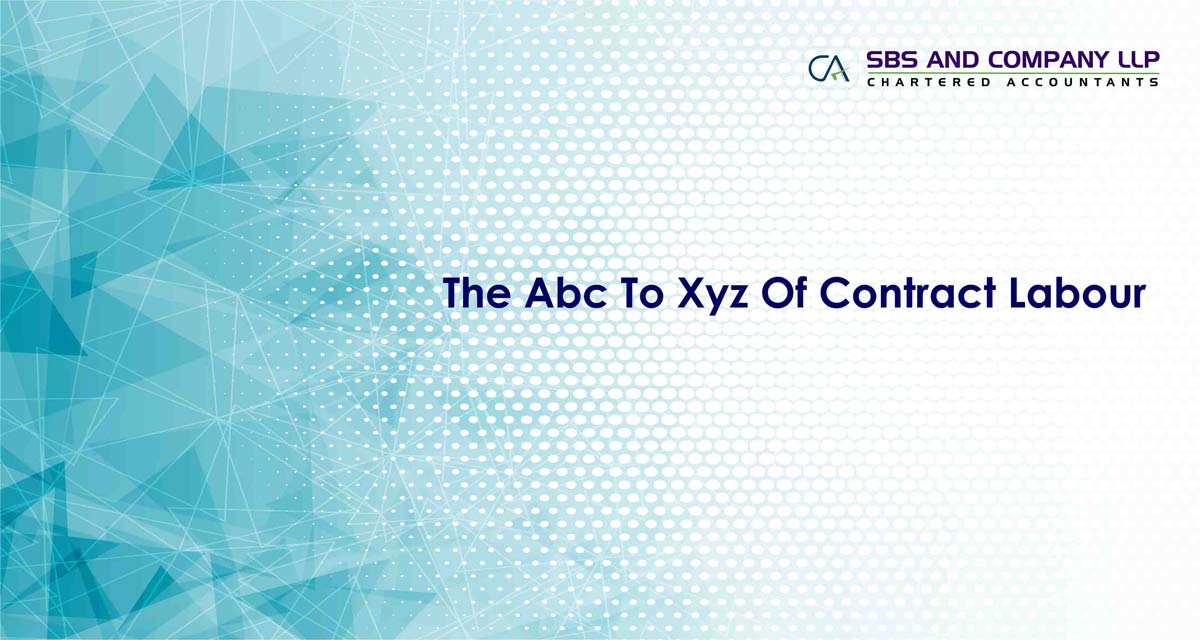All are aware that the Companies Act, 2013, came in to effect from 12.09.2013, and most of the working provisions came in to force with effect from 01.04.2014.
In comparison with the Companies Act, 1956, though the number of sections have reduced in the Companies Act, 2013, it is mostly due to clubbing of various sections in to single section and most of the operating provisions being moved to Rules.
After the commencement of the Act, it is evident that many representations were received by the Ministry, from the Trade as to difficulties in implementation of certain provisions with specific reference to Private Companies. This was clearly evident from the draft notification by the Ministry wherein certain exemptions were proposed to be given to Private Companies. The said Draft notification was placed in the MCA Website on 24.06.2014, seeking comments from General Public, till 01.07.2014.
There was no trace of the said proposed exemptions as per the Draft notification Dt:24.06.2014, after receiving of the public comments.
On 05.06.2015, the Central Government has issued Four Notifications all Dt: 05.06.2015, vide which the Central Government has provided certain exemptions/modifications and adaptations as to certain provisions of the Companies Act, 2013 which are applicable to:
è Government Companies
è Nidhi Companies (Nidhis)
è Private Company
è Section 8 Companies (Companies not for profit)
In this article, an effort is being made to look in to the exemptions, modifications and adaptations to the provisions of the Companies Act, 2013, to Private Limited Companies
|
Sl. No |
Chapter/Section number/Sub-section(s) in the Companies Act, 2013 and Description of the Section, under which the changes were proposed. |
Exceptions/Modifications/Adaptations, as the case may be, as per the Notification |
Remarks |
|
1 |
Chapter 1, sub-clause (viii) of Clause 76 of Section2 (Related Party definition)
|
Exception:- (A) a holding, subsidiary or an associate company of Private company; or (B) a subsidiary of a holding company to which it is also a subsidiary; is /are not a Related Party to such Private Company for the purpose of Section 188. |
For the purpose of Sec.188, the Holding, Subsidiary or Associate Company of a Private Limited Company not be considered as a related party. |
|
Sl. No |
Chapter/Section number/Sub-section(s) in the Companies Act, 2013 and Description of the Section, under which the changes were proposed. |
Exceptions/Modifications/Adaptations, as the case may be, as per the Notification |
Remarks |
|
2 |
Chapter IV, section 43 (Kinds of Capital) and 47 (Voting Rights) |
Exception:- Shall not apply |
So, a Private Limited Company, now, can have Capital other than Two Types as given in Section 43, and also have voting rights in the form other than as given in Section 47. |
|
3 |
Chapter IV, sub-clause (i) of clause (a) of sub-section (1) of section 62) (Rights Issue) and sub-section (2) of section 62 (relating to Despatch of Notice of Rights issue) |
Modification:- As to inclusion of a proviso aftersub-clause (i) of clause (a), for having a lesser period of notice, subjection to obtaining of consent from 90 % members of a Private Limited Company. |
Enables the Private Company to have rights offer with lesser period, if approved by 90 % of the members of the Company. |
|
4 |
Chapter IV, clause (b) of sub-section (1) of section 62 (Issue of Shares to Employees under ESOPS) |
Modification:- Shall apply except that instead of Special resolution, Ordinary resolution would be enough. |
Reduction in requirement as to the nature of resolution, from Special to Ordinary Resolution. |
|
5 |
Chapter IV, Section 67 (Restrictions on purchase by company or giving of loans by it for purchase of its shares) |
Modification/Adaptation/Exception:- Shall not apply to Private Companies: - In whose share Capital no other Body corporate has invested any money; - Whose borrowings from Banks/FI or other Body Corporates is less than (a) Twice its Paid-up capital or (b) Rs. 50 Crores, whichever is less; and - Has not defaulted in repayment of such borrowings, subsisting at the time of making transactions under this section. |
Benefit to closely held Private c o m pa n i e s with s ma ll amounts of borrowings and who does not have any equity investment from other Body Corporates. Certain Limits have been prescribed, thereby, any private Company not hitting any of the said limits, is free to purchase its shares or give loans for purchase of its shares. |
|
Sl. No |
Chapter/Section number/Sub-section(s) in the Companies Act, 2013 and Description of the Section, under which the changes were proposed. |
Exceptions/Modifications/Adaptations, as the case may be, as per the Notification |
Remarks |
|
6 |
Chapter V, Clauses (a) to (e) of sub-section (2) of section 73 (Acceptance of deposits from its Members) |
Exemption/Adaptation:- Shall not apply to private companies which accepts from its members monies not exceeding 100 % of aggregate of the Paid-up Share Capital and Free Reserves and such company shall file the details of monies so accepted to the registrar in such manner as may be specified. |
Exemption to private companies which propose to accept mon iesfrom its members not exceeding 100 % of aggregate of the Paid‑ up Share Capital and Free Reserves. However, the details of deposits accepted needs to be informed to the Registrar. |
|
7 |
Chapter VII, sections 101 to 107 and section 109 (Notice of Meetings, Statement to be annexed to the notice, Quorum for meetings, Chairman of meetings, Proxies, Restrictions on voting rights, voting by show of hands, and Demand for Poll) |
Exemption/Adaptation: Shall apply unless: - otherwise specified in respective sections or - articles of the private company otherwise provide. |
|
|
8 |
Chapter VII, Clause (g) of sub-section (3) of Section 117 (Filing of Resolutions passed by the Board) |
Exemption: Shall not apply. |
Accordingly the resolutions passed by the Board of Directors of the Company pursuant to Section 179 (3) read with Rule 8 of the Companies (Meetings of Board and its Powers) Rules, 2014, as amended from time to time, are not required to be filed with ROC |
|
Sl. No |
Chapter/Section number/Sub-section(s) in the Companies Act, 2013 and Description of the Section, under which the changes were proposed. |
Exceptions/Modifications/Adaptations, as the case may be, as per the Notification |
Remarks |
|
9 |
Chapter X, Clause (g) of sub-section (3) of section 141 (Appointment of a person as a Auditor, who is already an auditor of more than 20 Companies) |
Exception/Modification: Shall not apply in respect of appointment of auditors by private companies. |
In calculating 20 companies, the following shall be excluded: |
|
|
|
|
- One Person Companies; - Dormant Companies; - Small Companies; and - Private Companies having paid-up Share capital less than Rs.100 Crores. |
|
10 |
Chapter XI, section 160 (Right of person other than the retiring director to stand for directorship) |
Exception: Shall not apply |
Relief as to deposit of Rs.1 Lakh by the member making the proposal as to candidature of a particular person for directorship. |
|
11 |
Chapter XI, section 162 (Appointment of Directors to be voted individually) |
Exception: Shall not apply |
Accordingly, for a Private Company, a motion for appointment of two or more persons as directors of the company can be moved by a single resolution. |
|
12 |
Chapter XII, Section 180 (Restrictions on the Powers of the Board) |
Exception: Shall not apply |
The provisions of Section 180 are not applicable to Private Companies, and accordingly, in case of borrowingsin excess of paid‑ up capital and free reserves, approval of members is not required and no approval is required for mortgaging the properties of the Company |
|
Sl. No |
Chapter/Section number/Sub-section(s) in the Companies Act, 2013 and Description of the Section, under which the changes were proposed. |
Exceptions/Modifications/Adaptations, as the case may be, as per the Notification |
Remarks |
|
13 |
Chapter XII, Sub-Section (2) of Section 184 (Disclosure of Interest in a particular part and participating in the Board meeting) |
Modification/Exception:- Shall apply with the exception that the interested director may participate in such meeting after disclosure of interest. |
Keeping in view of the practical difficulties, the earlier harsh restriction that the said interested Director shall not participate in the Board meeting has been relaxed, and now allowing him to participate in the meeting, after he has disclosed his interest to the Board |
|
14 |
Chapter XII, section 185 (Loans to Directors) |
Modification/Adaptation/Exception:- Shall not apply to Private Companies: - In whose share Capital no other Body corporate has invested any money; - Whose borrowings from Banks/FI or other Body Corporates is less than (a) Twice its Paid-up capital or (b) Rs. 50 Crores, whichever is less; and - Has not defaulted in repayment of such borrowings, subsisting at the time of making transactions under this section. |
Benefit to closely held Private companies with small amounts of borrowings and who does not have any equity investment from other Body Corporates. |
|
Sl. No |
Chapter/Section number/Sub-section(s) in the Companies Act, 2013 and Description of the Section, under which the changes were proposed. |
Exceptions/Modifications/Adaptations, as the case may be, as per the Notification |
Remarks |
|
15 |
Chapter XII, section 188 (Related Party Transactions) |
Exception: Shall not apply. |
Total relief to Private Companies. |
|
16 |
Chapter XIII, section 196, sub-section (4) and sub-section (5) (Appointment of MD, WTD or MGR), approval of Member, filing of Form etc.,.) |
Exception: Shall not apply. |
Exemption from obtaining of Members approval for the appointment, and filing of return on appointment with ROC. |
From the above, it can be seen that contents of the Draft notification Dt:24.06.2014, majorly form part of the exemption notification. The exemption notification brings a sigh of relief for many of the Private Companies.
This article is contributed by Partners of SBS and Company LLP - Chartered Accountant Company. You can be reached at This email address is being protected from spambots. You need JavaScript enabled to view it.


